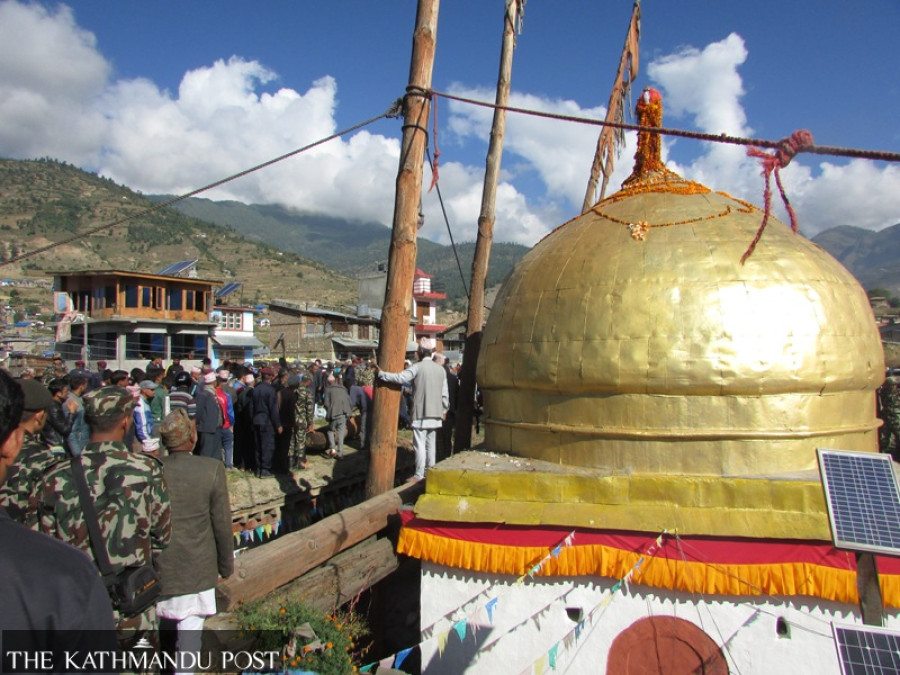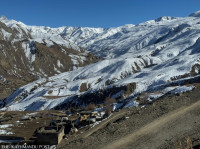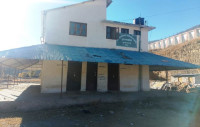Karnali Province
Birth certificates mandatory to tie the knot in Chandannath Temple
The temple made the decision following complaints that a large number of child marriages take place in the shrine.
DB Budha
A 25-year-old man from Chandannath Municipality-7 and his 22-year-old girlfriend reached the Chandannath Temple, a revered Hindu shrine, last week to tie the knot. But they could not get married as the temple’s priest refused to perform their wedding rituals.
“Both of us are of marriageable age but we did not have any legal documents with us to prove our age so the priest refused to conduct rituals for our marriage,” said the man. “We have been waiting for another auspicious day to get married as we could not do so in the absence of birth certificates.”
A month ago, Chandannath-Bhairabnath Guthi Committee set up a desk on the temple premises to register the marriage ceremonies performed in the shrine and the details of the bride, groom and their families. The would-be couple would get a receipt after paying anywhere between Rs 500 to 2,000 at the desk to get their wedding rituals performed.
With an objective to keep in check cases of child marriage that are still rampant in Jumla district, the famed Chandannath Temple has made a provision that makes it mandatory for the bride and groom to show their birth certificates to get married.
Ratna Prasad Acharya, an officer at the Chandannath-Bhairabnath Guthi Committee, said that the temple enforced the provision following complaints that a large number of child marriages take place in the shrine.
“We got lots of complaints that many underage couples are secretly getting married in the temple. So we introduced the provision wherein the bride and groom have to show their birth certificates or any other legal documents that mention their date of birth before getting married,” said Acharya.
“If the bride or groom is found to be below the marriageable age, we call their guardians. The employees of the guthi and the security personnel deployed in the temple provide counseling to the bride and groom,” he said.
Nepal abolished child marriage in 1963 but the practice is still rampant, especially in the rural areas of the country. According to the Civil Code 2017, the minimum age for marriage in Nepal for both women and men is 20.
People from several districts visit Chandannath Temple to get married. According to the Chandannath-Bhairabnath Guthi Committee, 30 couples tied their knots in the temple in the last month alone.
“Three couples were handed over to their guardians during the time as they were found to be below the marriageable age,” said Acharya.
As per the preliminary report of the national census 2021, the total population of Jumla is 118,000, of which 55,442 are children under the age of 18. A study conducted by the then district child welfare board five years ago shows that child marriage accounts for around 70 percentage of the total marriages in the district.
The data available at the public health service office in Jumla also shows the prevalence of child marriage and teenage pregnancy in the district.
According to the office, as many as 860 pregnant women below the age of 20 visited various health institutions in the district for pregnancy-related checkups in the current fiscal year. Chandannath Municipality is at the top of the list.
“Nearly 200 pregnant women below the age of 20 visited several health facilities in Chandannath Municipality this fiscal,” said Sarita Sharma, a health worker under the public health service office.




 18.12°C Kathmandu
18.12°C Kathmandu











%20(1).jpg&w=300&height=200)

